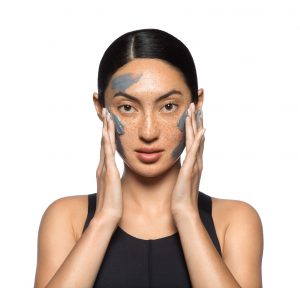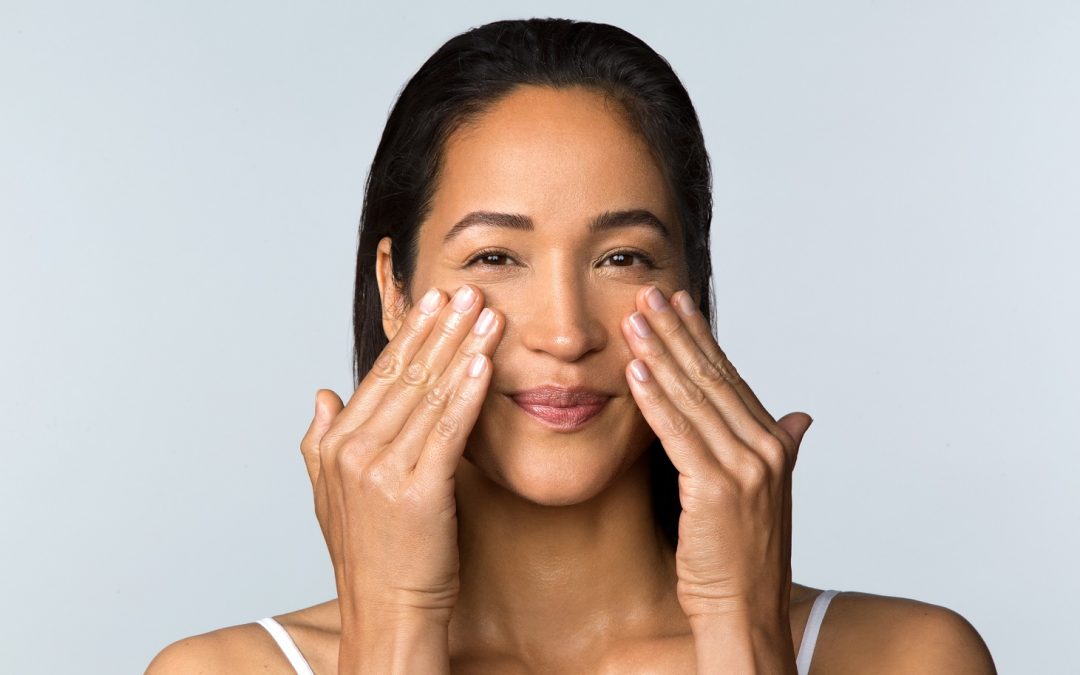Adult acne comes in two flavours: late on-set or persistent and unfortunately for the ladies, it’s more prone in women. Breakout prone skin can suffer from inflammation, scarring and ageing. But why do we still have to struggle with spots after our teenage years have been and gone?
Overactive sebaceous gland
Hormone changes can increase sebum (our skin’s natural oil) production which can cause more breakouts.
Be careful of astringent (stripping) products if you think you have an oily skin type, this can further increase oil production as our skin is fighting to rebalance and rehydrate.
Cell accumulation
Breakout prone skins have 4-5 times more cell production, causing build up and clogging. This build up is exacerbated as skin renewal starts to slow with age.
If your skin isn’t sensitive or agitated, a deep resurfacing treatment like the ProPowerPeel using lactic acid will help encourage desquamation (shedding of cells) to reduce blockages.
Microbiome
A healthy microbiome (the microorganisms on our skin) can maintain correct skin pH and balance, reducing breakout activity.
Maintaining an effective daily skin care routine with effective products can avoid blocked pores and infected breakouts.
Inflammation
Adult skin is unfortunately slower to heal as our cell renewal decreases as we age. This means inflamed lesions last longer and scarring is more significant.
Low grade chronic inflammation and breakouts or aggressive (astringent) product use can accelerate premature ageing. LED blue light therapy is perfect for calming and soothing inflammation as well as having antibacterial properties.
Post inflammatory hyperpigmentation (PIH)
Melanin can be produced in response to inflammation and can range in colour from red to dark brown. These darker marks can be left behind after breakouts, therefore increasing perceived age.
Exfoliation should be encouraged and treatments such as microdermabrasion or ultrasonic peeling can help to reduce the appearance of hyperpigmentation. Just remember you’re encouraging the melanin up and out through the layers of skin so it will appear darker as it reaches the surface before it gets better.
If you are taking prescribed medication or creams to treat acne, please inform your therapist as this can contraindicate a treatment as your skin can become sensitised and therefore too delicate to treat.
How do I combat this?

Image credit: Dermalogica
Rehydrate
Boost desquamation (shedding the outer layers of skin) and rebalance oil production by using water-based products, drinking plenty of water and moisturising.
Rebalance
Deeply cleanse and exfoliate your skin to reduce congestion. Your therapist can extract comedones (blackheads) during treatment. Never try to extract an inflamed spot. This can create further inflammation and spread the bacteria across the skin – causing even more spots!
Heal
Protect your skin and balance your natural biome by using calming products that don’t contain alcohol or harsh chemicals. LED blue light therapy has anti-inflammatory and anti-bacterial healing properties to soothe and calm the skin as well as reduce redness and inflammation.
If you’re struggling with breakout prone skin. Speak to your therapist to discuss products and treatments that will best suit your skin. Bijou offers a comprehensive consultation using Dermalogica’s unique face-mapping method to deliver a personalised service that’s right for you.



Recent Comments